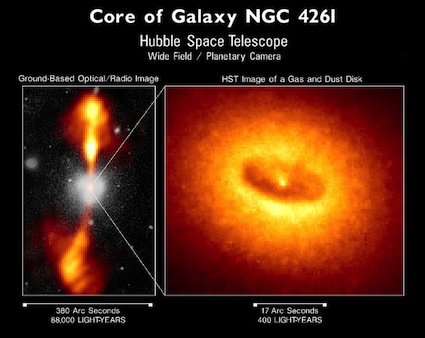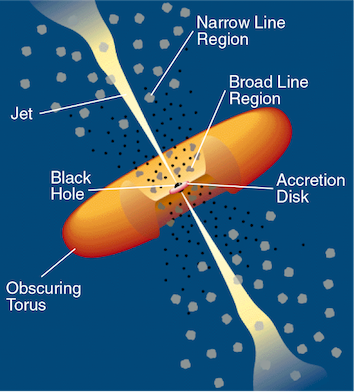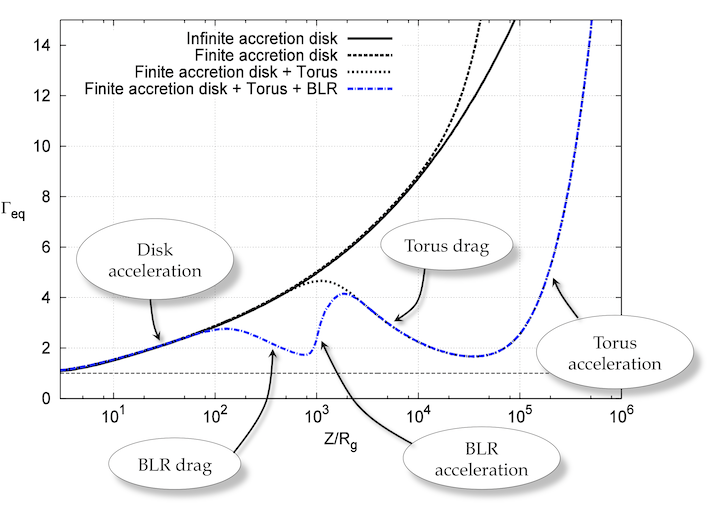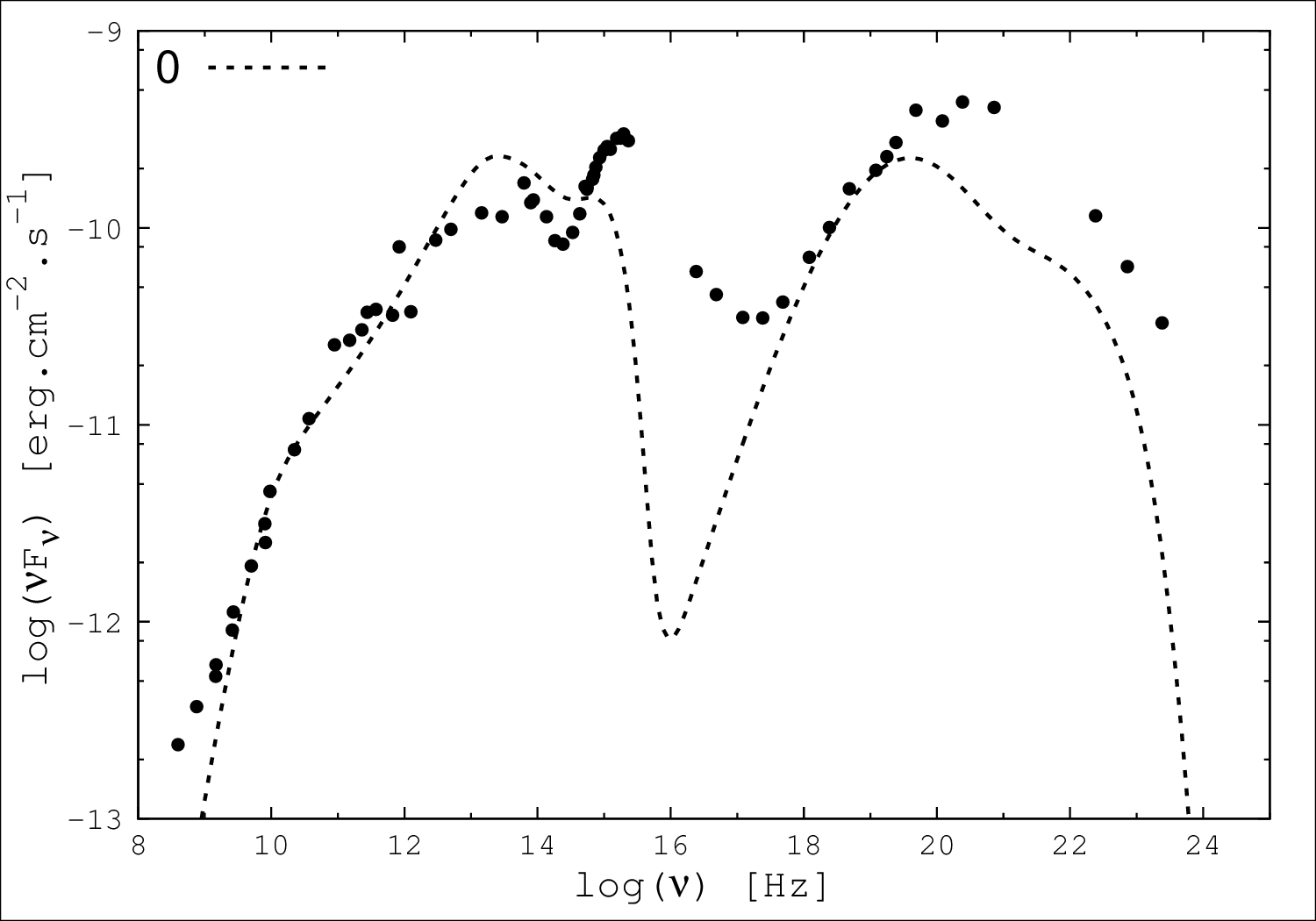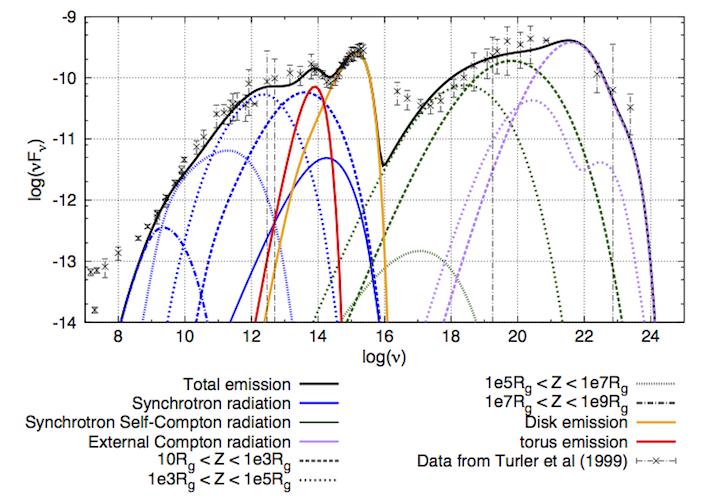During my Ph.D. thesis, supervised by Gilles Henri and Pierre-Olivier
Petrucci at IPAG, I have worked on improving the two-flow model. In
this model, the jet is composed of two fluids:
- a MHD sheath midly relativistic and carrying most of the power
- an inner, highly relativstic, leptonic jet reponsible for the
non-thermal emission observed.
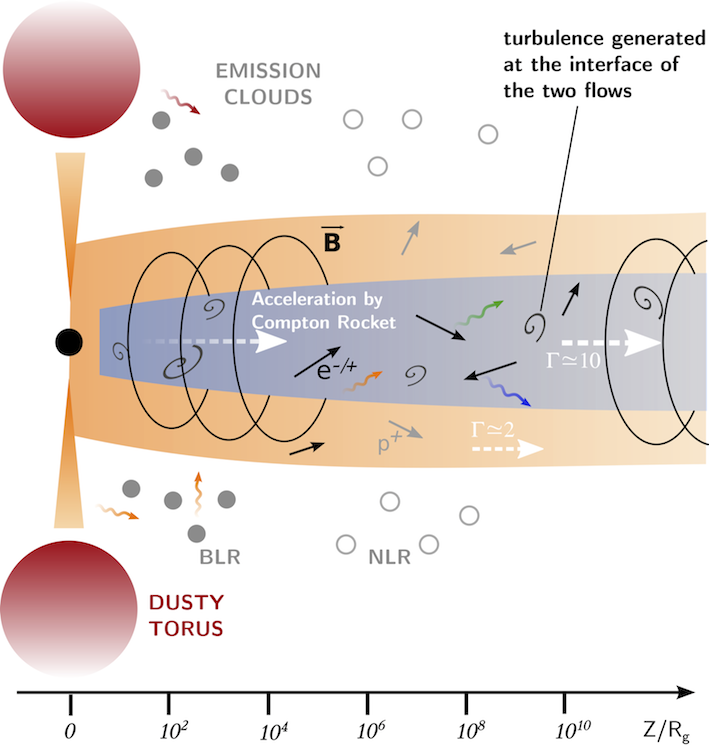
Sketch of the two-flow model.
I contributed to the development of a numerical model corresponding to the two-flow.
An important part of my work has been to find analytical and numerical approximations to increase the efficiency of the model and its usability in an acceptable computing time.
